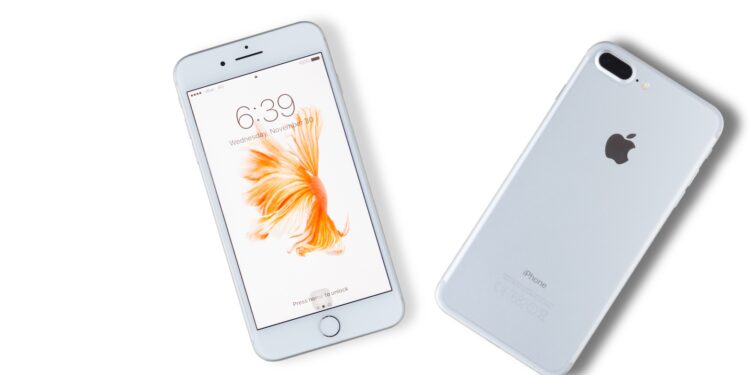If you're still using an iPhone 7 Plus or iPhone 8, Apple's recent decision directly affects you. The company has updated its list of old and obsolete products. This means that for certain models, it will be more difficult to obtain replacement parts or repairs in the event of a damage issue.
Apple regularly classifies older devices into categories such as "Vintage" or "Obsolete." These classifications aren't just formal; they have practical implications for service and the availability of spare parts. Users of older iPhones are particularly affected. If your device is on this list, you should know what this means for you. It's not just about technology, but also about your options for repair, maintenance, and replacement.
What does “vintage” mean at Apple?
Apple classifies a product as "vintage" if it was last sold more than five but less than seven years ago. Apple can still offer repairs for these devices in its stores or through authorized service partners, but only if the required replacement parts are available. If suitable parts are no longer available, your iPhone may no longer be repairable.
These iPhone models are now considered vintage
Apple has added the following devices to the vintage list:
- iPhone 7 Plus
- iPhone 8 with 64 GB
- iPhone 8 with 256 GB
The 128 GB iPhone 8 is not currently affected. This model has been sold for a longer time and is therefore not yet classified as vintage. The (PRODUCT)RED versions of the iPhone 8 were already on the list.
Repairs are only possible to a limited extent
If you own one of the iPhones listed above, you can still bring it in for repair—but only if Apple or the service partner still has the right replacement parts. If they don't, the damage may no longer be repairable. So, don't rely on every repair being possible without problems.
What does “obsolete” mean at Apple?
Apple considers products that have not been sold for more than seven years to be "obsolete." Apple no longer repairs these devices, and spare parts are no longer available. Service is no longer available at Apple Stores or authorized partners.
These devices are now considered obsolete
At the same time, Apple moved the iPad Air 2 and iPad mini 2 from the vintage list to the "obsolete" category. This means that these two iPads are now completely out of official support. Repairs are no longer possible, and spare parts are no longer available.
What you can do now
If you own an iPhone 7 Plus or an affected iPhone 8, you should consider how to handle the situation. Here are a few practical tips:
- Check the condition of your iPhone. If you notice any defects, it may be a good idea to have it repaired promptly before replacement parts become scarce.
- Back up your data regularly. If your device fails and becomes irreparable, at least you won't lose any data.
- Consider whether upgrading to a newer iPhone model is an option for you. This will ensure you're technically up-to-date and receive full Apple support again.
iPhone 7 Plus and iPhone 8: Support only limited
Apple has officially classified the iPhone 7 Plus and the iPhone 8 (64 and 256 GB) as vintage. For users, this means that repairs are now only possible to a limited extent, depending on the availability of spare parts. The iPhone 8 (128 GB) is not currently affected. Additionally, the iPad Air 2 and iPad mini 2 have been classified as obsolete and thus completely removed from the repair program. If you use one of these devices, you should take action – whether through a final service, regular backups, or purchasing a current iPhone. (Image: Shutterstock / frank60)
- Jony Ive rethinks technology – and OpenAI joins in
- Why an iPhone? These advantages are convincing in the long term
- Secure your iPhone properly: 5 important functions at a glance
- Which Apple iPhone is right for me? The big model comparison





